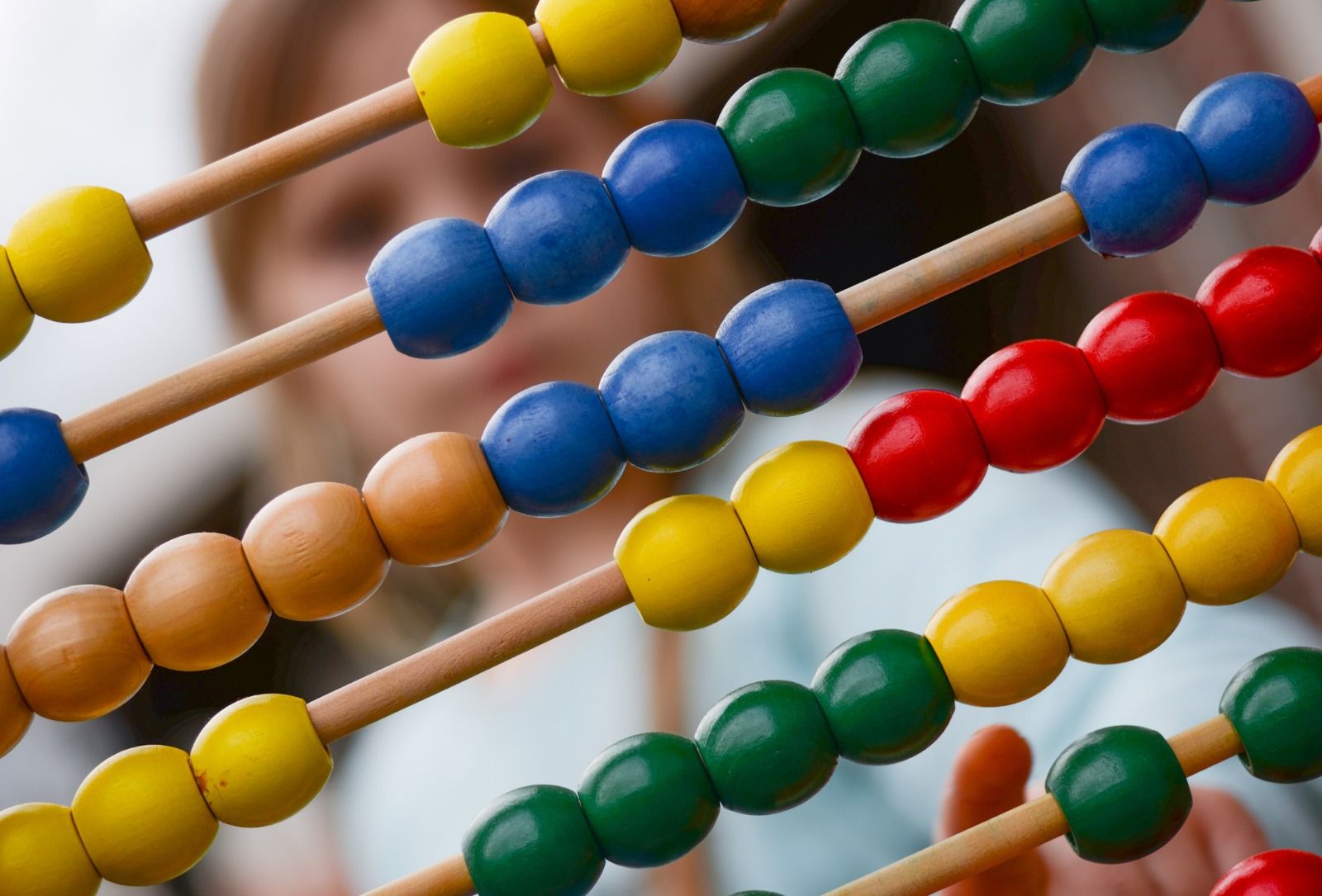A different way to teach numeracy
A different way to teach numeracy
Growing up, I hated math.
I have always been the creative type. The one who quietly expresses her opinion through different artistic mediums because there is no fear of failure. Your opinion is an opinion. There are millions upon millions of opinions floating around in the universe; some intersect and align, other opinions differ, but in math, there is only right, but many wrongs.

Fast forward a decade, and I am in charge of the Grade 3 numeracy program at a prestigious private school in Vancouver. How did I (someone who was repelled by anything remotely mathematical) find myself intrigued and excited by mathematics? It's because of my education training. As a teacher and mentor to students, I fully accept vulnerability in my role as an educator. I don’t want my students to see me as a leader who has no flaws or fears. I’m a leader who is a real person. I use my childhood fear of math as the backbone of my math program and it guides how I teach it. I know what it’s like to struggle, I’m acutely aware of those that are, and I never want any of my students to feel the way I did towards mathematics.
My education training and teaching experiences have taught me that there are many different ways of learning: some learn by seeing, some learn by hearing, some learn by doing, but most learn through a combination of these three examples. Growing up, I was primarily taught by a teacher at the front of the classroom, I was sat at an individual desk neatly placed in rows facing the board, and I would work quietly-- often getting an authoritative “shush” and/or a glare if I whispered for help to a friend. Math was always the subject that always made me feel alone in my classroom full of kids.
When I teach math, I make sure that there is engagement between the teacher and students, and between the students themselves. I carve out time for independent practice, but also time for group work. I encourage students to make sure that there is meaning to the number, and added value to their understanding and comprehension of numbers. I want all my students to fully comprehend what it is they are doing, rather than force them to become little robots that are only able to compute numbers. I want them to be able to think for themselves and make meaningful connections. I want students that are human and learn from their mistakes. Calculators have already been invented. I want students to do more with numbers.
Even though I hated math as a kid (because of the anxiety I felt around it), I knew it was essential, but I never realized how much of our everyday life depends on math fluency. From grocery lists, to interior designing your flat, there are so many key moments that rely on numerical operations and comprehension.
I want you to think of your iPhone. Can you even count how many times it’s gone through updates and physical re-editions? Think of the first iPhone and the most recent one. They’re incomparably different. The world around us has modernized. The pedagogy of teaching has modernized. Most classrooms around the world have not modernized, and I get it. Some teachers teach to a test or system, some teachers are too scared to start something new: “If it ain’t broke, why fix it?”. But that kind of mentality doesn’t work anymore. Why perpetuate a system that doesn’t prepare children for the future?
So how do I teach numeracy differently? Dare I say… I teach it with the forbidden ‘F’ word in mind: I want my students to have fun. I want them to have fun while learning. Even though there are only right and wrong answers in math, we now appreciate and celebrate more ways of getting to the answer. There are different methods of arriving at the answer that hold value, just like there are different ways of learning. When you are having fun, your body is relaxed. There is no anxiety, and your brain is more receptive. Happy teachers create happy students, and positive students remember more complex concepts: “First there is emotion; after that comes cognition,” said Frank Thissen (a Multimedia Didactics and Intercultural Communication professor at the University of Applied Sciences in Stuttgart, Germany). So when students say that Ms. Kwan-Nixon is a fun teacher, I hope you aren’t worried or scared by the connotation. Fun + play are vital to an elementary school classroom, and I promise that your child is learning, practicing, and challenging all the appropriate mathematical fundamental skills.
More Faculty Insights
